
What is the Average Cost of Blown-In Insulation in Plano, TX?
If you’re considering blown-in insulation for your home in Plano, TX, you might be wondering about the cost. On average, blown-in insulation cost ranges from $1.00 to $2.80 per square foot, depending on several factors. Whether you’re insulating your attic, walls, or upgrading from old insulation, understanding pricing factors will help you plan your budget effectively.
Insulation plays a crucial role in improving energy efficiency, reducing utility bills, and maintaining indoor comfort. Blown-in insulation walls and attics provide excellent thermal performance, especially with high-quality materials like cellulose blown-in insulation or fiberglass.
In this blog, we will delve into the factors that influence the cost of blown in insulation, what to expect from a professional service, and why it is crucial to choose reliable local experts, such as Top Gun Attic Pros.
Table of Contents
ToggleFactors That Influence the Average Cost of Blown-In Insulation in Plano, TX
The cost of blown-in attic insulation depends on multiple variables. Below are the key factors that determine the final price of your insulation project.
1. Type of Insulation Material
The two most common materials for blown-in insulation are cellulose and fiberglass.
- Fiberglass Blown-In Insulation ($1.00 – $2.00 per sq. ft.): Affordable, fire-resistant, and long-lasting, but may require more thickness to achieve the desired R-value.
- Cellulose Blown-In Insulation ($1.50 – $2.80 per sq. ft.): Made from recycled paper, offers superior soundproofing and fire resistance but can be more expensive than fiberglass.
2. R-Value and Thickness
R-value measures the insulation’s ability to resist heat transfer. The higher the R-value, the better the insulation.
- Attic insulation typically requires an R-value of R-38 to R-60, which means 14-18 inches of insulation.
- Walls require R-13 to R-21, depending on whether they are interior or exterior walls.
- Higher R-values require more material, increasing the blown-in insulation cost.
3. Brand of Insulation
Different brands offer varying levels of quality, warranties, and costs. Here’s what to expect:
- Owens Corning (Fiberglass): $1.20 – $2.50 per sq. ft.
- Greenfiber (Cellulose): $1.50 – $2.80 per sq. ft.
- Johns Manville (Fiberglass): $1.00 – $2.20 per sq. ft.
4. Location of Insulation
The cost varies depending on where you install the insulation:
- Blown-in attic insulation: $1.50 – $2.50 per sq. ft.
- Blown-in insulation walls: $1.00 – $2.80 per sq. ft.
- Crawl spaces or basements: $1.50 – $3.00 per sq. ft.
5. Old Insulation Removal
If your home has existing insulation that needs to be removed before installing new insulation, this can add $1.00 to $2.00 per sq. ft. to the overall cost.
6. Air Sealing Services
Air leaks reduce insulation efficiency. Professional air sealing services, which help prevent heat loss, may add $300 to $1,000 to the total cost, depending on the home size.
7. Labor Costs
Professional installation typically costs between $500 and $2,500, depending on project size and complexity. Labor costs include:
- Site preparation
- Equipment usage
- Installation
- Cleanup
What to Expect from a Blown-In Insulation Service?
A professional blown-in insulation service follows a structured process to ensure efficiency, safety, and lasting results. Here’s a detailed breakdown of what you can expect:
1. Initial Consultation & Home Assessment
Before beginning the insulation process, a technician will conduct a detailed inspection of your home to evaluate the current insulation levels, detect any air leaks, and determine the best insulation type for your needs. During this stage, the professional will discuss R-value requirements, costs, and expected energy savings.
2. Preparation & Safety Measures
Before applying insulation, the technicians take necessary precautions:
- Old Insulation Removal (if needed) to eliminate outdated or ineffective material.
- Air Sealing Leaks to prevent energy loss and improve insulation performance.
- Covering Electrical Fixtures to prevent potential fire hazards.
- Ensuring Proper Ventilation to avoid moisture buildup and mold growth.
3. Blown-In Insulation Installation
- Using specialized high-powered equipment, the professionals will blow the insulation material into attics, walls, or crawl spaces.
- Technicians ensure an even and consistent distribution of insulation for optimal thermal efficiency.
- Extra care is taken around recessed lighting, vents, and wiring to maintain safety and effectiveness.
4. Post-Installation Inspection & Cleanup
- Professionals perform a thorough inspection to confirm proper coverage and insulation depth.
- Any leftover material is cleaned up, and the workspace is left in its original condition.
- A final assessment is conducted to ensure the insulation meets energy-efficiency standards.
Questions to Ask Your Professional About Blown in Insulation
Before hiring an insulation contractor, consider asking the following questions:
- What type of blown-in insulation do you recommend and why?
- What R-value is best for my home?
- Does the price include air sealing?
- How long will the installation take?
- Do you offer warranties on materials and labor?
- How will this impact my energy bills?
Signs Your Home Needs Blown-In Insulation
If you’re unsure whether your home requires blown-in insulation, look out for these common signs:
1. Uneven Indoor Temperatures
Do you notice significant temperature differences between rooms? If some areas of your home feel too hot in summer or too cold in winter, poor insulation may be the culprit.
2. High Energy Bills
A sudden increase in heating or cooling costs can indicate that your home is losing energy due to inadequate insulation. Blown-in attic insulation helps reduce energy waste and keeps your home comfortable year-round.
3. Drafty Rooms and Cold Floors
If you experience chilly drafts or cold floors during winter, your insulation may not be providing enough thermal resistance. This is especially common in older homes with blown-in insulation walls that have settled over time.
4. Ice Dams on the Roof
In colder months, ice dams form when heat escapes through the roof, melting snow that then refreezes along the edges. Proper attic insulation prevents this issue by maintaining a consistent roof temperature.
If you’re experiencing any of these issues, upgrading to cellulose blown-in insulation or fiberglass insulation can make a significant difference in energy efficiency and comfort.
Frequently Asked Questions About Blown-In Insulation
1. How long does blown-in insulation last?
Fiberglass insulation lasts 30-50 years, while cellulose blown-in insulation lasts 20-30 years.
2. How much insulation do I need for my attic?
Homes in Plano, TX, typically need R-38 to R-60 insulation, requiring 14-18 inches of blown-in material.
3. How much can I save on energy bills with insulation?
Proper insulation can reduce heating and cooling costs by 15-25% annually.
5. How long does installation take?
Most blown-in insulation projects take 4-8 hours for an average-sized home.
Final Verdict on Blown In Insulation in Plano, TX!
Blown-in insulation is an affordable and energy-efficient way to improve home comfort and lower utility bills. Whether you need blown-in attic insulation or blown-in insulation walls, investing in high-quality insulation pays off in the long run.
At Top Gun Attic Pros, we specialize in professional blown-in insulation services in Plano, TX. Our team ensures optimal insulation performance, air sealing, and energy savings. Contact us today for a free estimate and let us help you upgrade your home’s insulation for maximum efficiency.
Other Blogs You May Be Interested In
Categories
- Spray Foam Insulation
- Attic Ventilation
- Attic Insulation
- Radiant Barrier
- Blown-In Insulation
- Solar Fan
- Insulation Removal
- Attic Sanitization
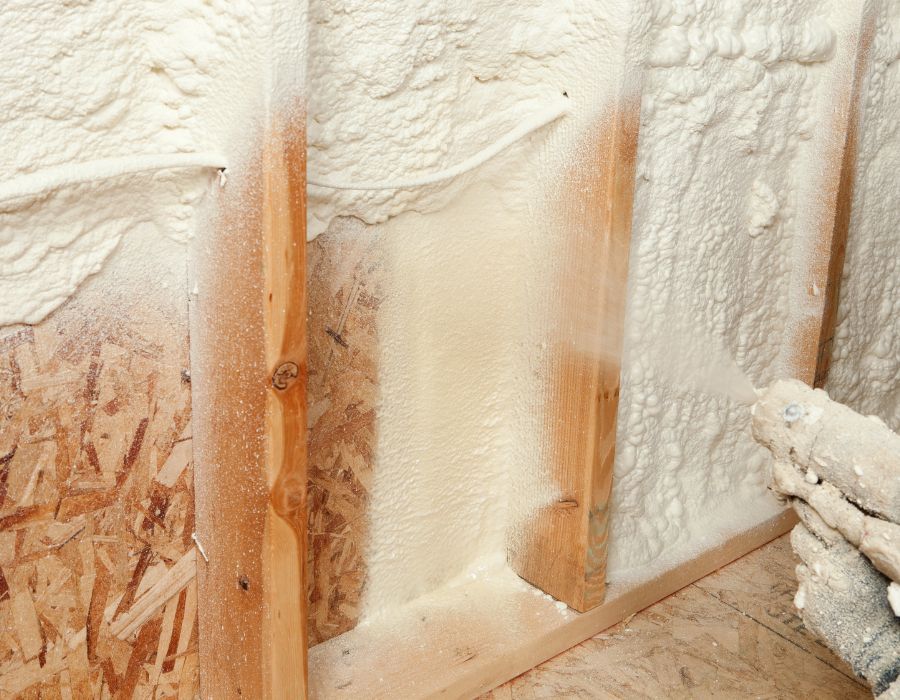
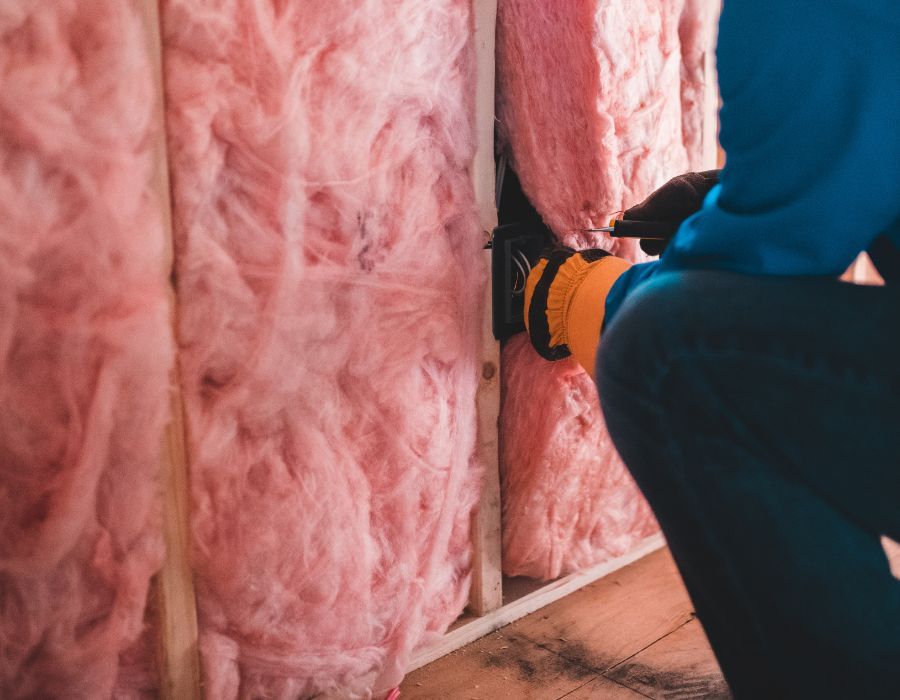
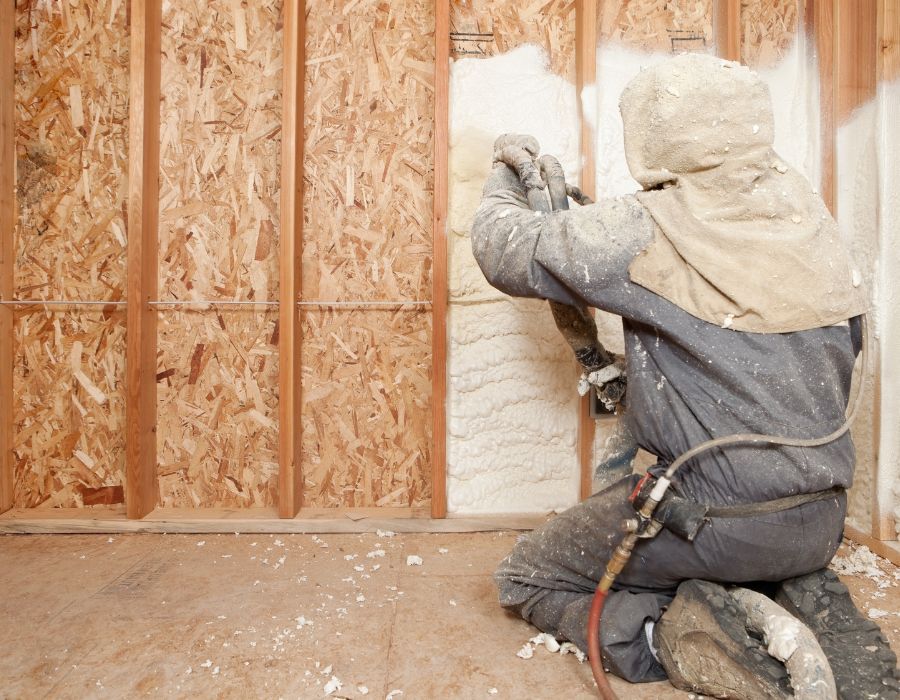
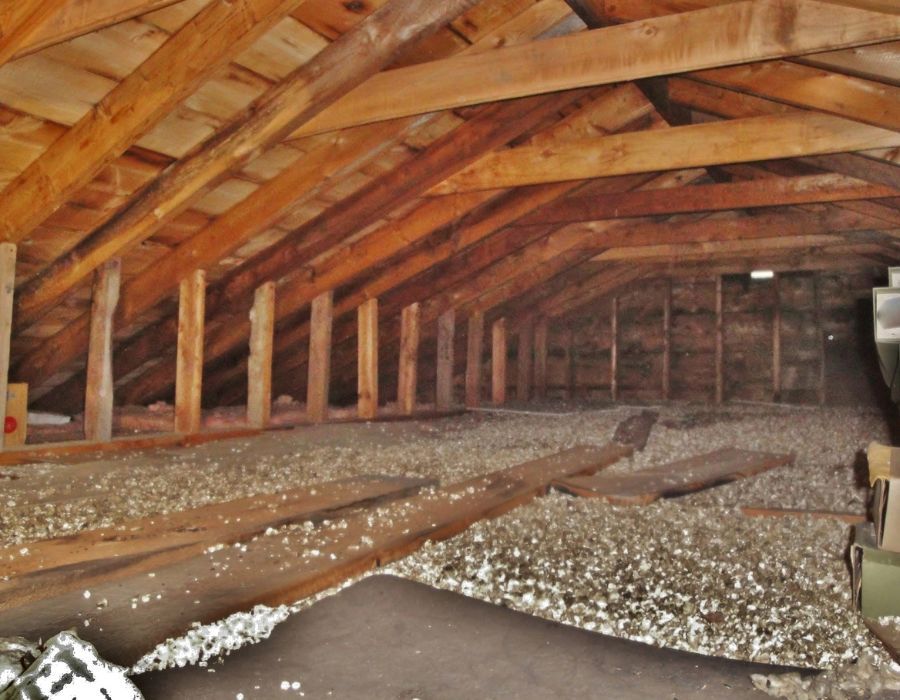
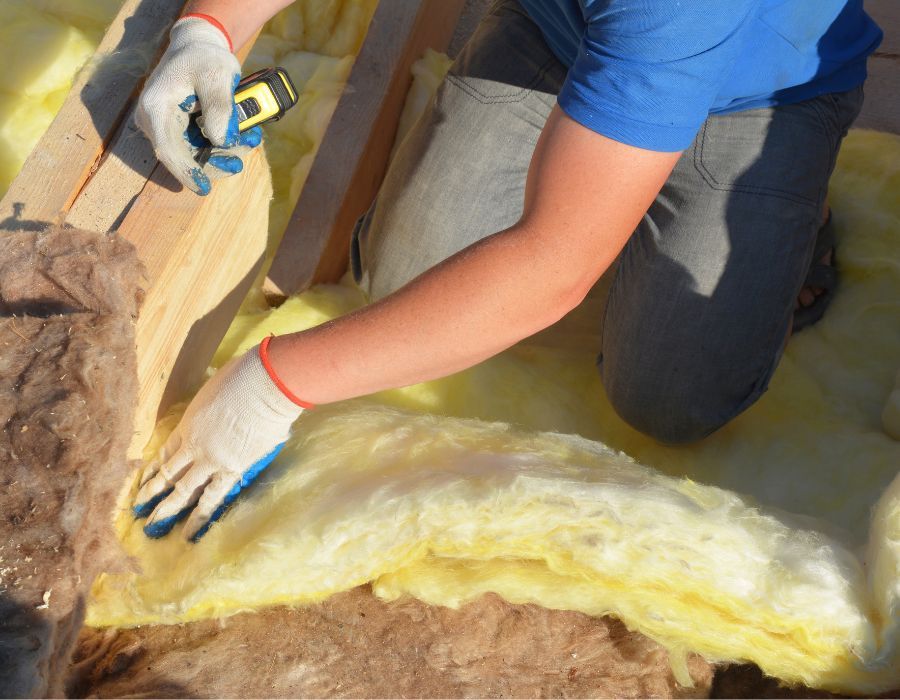

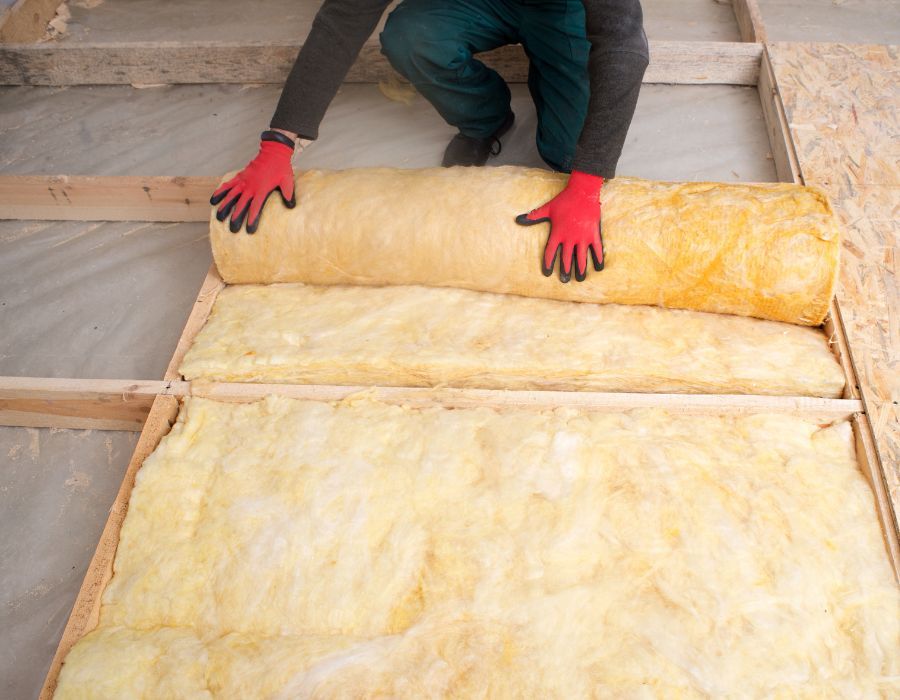
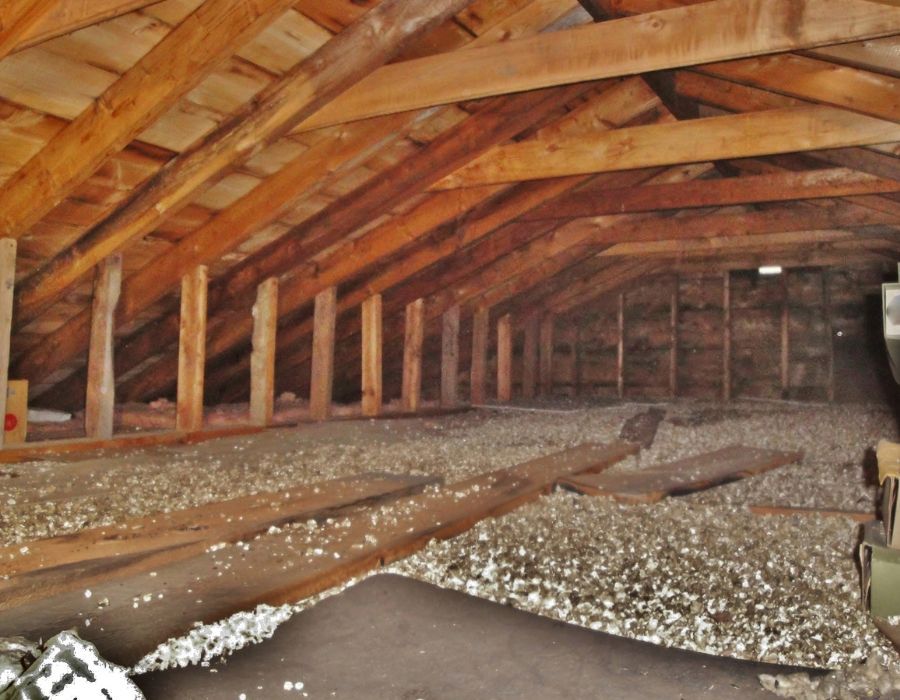
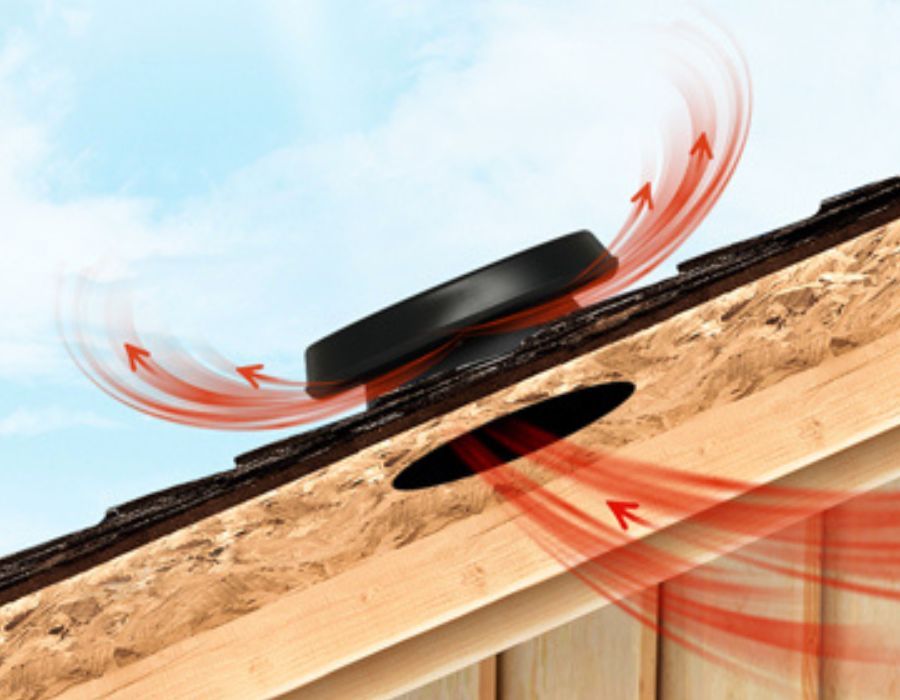
Leave a Reply